Jainendra Jain0521862329, 9780521862325, 9780511286186
Table of contents :
Half-title……Page 3
Title……Page 5
Copyright……Page 6
Dedication……Page 7
Contents……Page 9
Preface……Page 15
List of symbols and abbreviations……Page 17
1.1 Integral quantum Hall effect……Page 19
1.2 Fractional quantum Hall effect……Page 20
1.3 Strongly correlated state……Page 22
1.4 Composite fermions……Page 23
1.6 The composite fermion quantum fluid……Page 25
1.7 An “ideal” theory……Page 27
1.8 Miscellaneous remarks……Page 28
2.1 The Hall effect……Page 30
2.2 Two-dimensional electron system……Page 32
2.3 The von Klitzing discovery……Page 35
2.4 The von Klitzing constant……Page 37
2.5 The Tsui–Stormer–Gossard discovery……Page 39
2.6 Role of technology……Page 40
3 Landau levels……Page 44
3.1 Gauge invariance……Page 45
3.2 Landau gauge……Page 46
3.3 Symmetric gauge……Page 47
3.4 Degeneracy……Page 50
3.5 Filling factor……Page 51
3.6 Wave functions for filled Landau levels……Page 52
3.7 Lowest Landau level projection of operators……Page 54
3.8 Gauge independent treatment……Page 55
3.9 Magnetic translation operator……Page 58
3.10 Spherical geometry……Page 60
3.10.1 Basic spherical facts……Page 61
3.10.2 Dirac monopole and Dirac string……Page 62
3.10.3 Angular momentum algebra……Page 64
3.10.4 Constraints on quantum numbers……Page 65
3.10.5 Explicit solution……Page 66
3.10.6 Lowest Landau level……Page 68
3.10.7 Representation of spin……Page 69
3.11 Coulomb matrix elements……Page 70
3.11.1 Disk geometry……Page 71
3.11.2 Haldane pseudopotentials……Page 72
3.11.3 Higher Landau levels……Page 74
3.11.4 Spherical geometry……Page 77
3.12.1 Fock–Darwin levels……Page 79
3.12.2 Many electrons: exact diagonalization……Page 81
3.12.3 Center of mass excitation……Page 82
3.13 Torus geometry……Page 83
3.14 Periodic potential: the Hofstadter butterfly……Page 85
3.15 Tight binding model……Page 87
4.1 The puzzle……Page 95
4.2 The effect of disorder……Page 96
4.4 Origin of quantized Hall plateaus……Page 99
4.4.2 Current operator……Page 100
4.4.3 Landauer-type explanation……Page 101
4.4.4 Corrections due to backscattering……Page 105
4.4.5 Laughlin’s explanation……Page 109
Corbino geometry……Page 112
4.5 IQHE in a periodic potential……Page 114
4.6 Two-dimensional Anderson localization in a magnetic field……Page 115
4.7 Density gradient and Rxx……Page 119
4.8 The role of interaction……Page 120
5.1 The great FQHE mystery……Page 123
5.2 The Hamiltonian……Page 124
5.3 Why the problem is hard……Page 127
5.4 Condensed matter theory: solid or squalid?……Page 128
5.5 Laughlin’s theory……Page 131
5.6 The analogy……Page 133
5.7 Particles of condensed matter……Page 134
5.8.1 The definition of composite fermion……Page 136
5.8.2 From IQHE to FQHE: the mean-field approximation……Page 137
5.8.3 Generalization to arbitrary fillings……Page 146
5.8.4 CF diagonalization……Page 147
5.8.5 Lambda levels and energy level diagrams……Page 148
5.8.7 Remarks……Page 150
5.8.8 The composite fermion principle……Page 151
5.8.9 CF theory in a nutshell……Page 152
5.8.10 Why composite fermions form……Page 153
5.8.13 Another representation of wave functions……Page 154
5.8.14 Simplifying notation……Page 155
5.9.2 Quantum numbers……Page 156
5.9.4 Wave functions for CF-quasiparticle and CF-quasihole……Page 157
5.9.5 Wave function for CF-exciton……Page 158
5.11.1 Derivation I……Page 159
5.11.3 Derivation III……Page 160
5.11.4 Derivation IV……Page 161
5.12 Reality of the effective magnetic field……Page 163
5.14.1 Why projection?……Page 164
5.14.2 Composite fermions in the lowest Landau level……Page 165
5.14.3 Use of higher Landau levels in the LLL physics……Page 166
5.14.4 Projection methods……Page 167
5.14.6 Method II……Page 169
5.15 Need for other formulations……Page 171
5.16.1 Why field theory?……Page 172
5.16.2 Lopez–Fradkin theory……Page 173
5.16.3 Halperin–Lee–Read theory……Page 178
5.17.1 Murthy–Shankar theory……Page 182
5.17.2 Modified Chern–Simons approaches……Page 185
5.17.3 Semiclassical model for composite fermion dynamics……Page 186
5.17.4 Boltzmann equation for composite fermions……Page 187
5.17.5 Fermi hypernetted-chain approximation……Page 188
5.17.7 Conformal field theory……Page 189
6.1 Computer experiments……Page 192
6.2 Relevance to laboratory experiments……Page 193
6.4 Qualitative tests……Page 194
6.4.1 Lowest band……Page 196
6.4.3 Higher-energy bands……Page 198
6.5 Quantitative tests……Page 199
6.5.2 Composite fermions in negative B*……Page 202
6.6 What computer experiments prove……Page 205
6.7 Inter-composite fermion interaction……Page 206
6.7.1 CF pseudopotentials……Page 207
6.7.2 Conditions for composite fermions……Page 209
6.8 Disk geometry……Page 210
6.8.1 Composite fermions in a quantum dot: the disk geometry……Page 211
6.8.2 Mean-field composite fermion model……Page 213
6.9 A small parameter and perturbation theory……Page 215
7.1 Comparing the IQHE and the FQHE……Page 219
7.2 Explanation of the FQHE……Page 221
7.4.1 Next generation fractions: FQHE of composite fermions……Page 224
7.4.2 v = 5/2: pairing of composite fermions……Page 228
7.7 FQHE in higher Landau levels……Page 231
7.8 Fractions ad infinitum?……Page 232
8.1 One-particle reduced density matrix……Page 235
8.2 Pair correlation function……Page 236
8.3 Static structure factor……Page 238
8.4 Ground state energy……Page 240
8.5 CF-quasiparticle and CF-quasihole……Page 242
8.6.1 The CF-exciton……Page 244
8.6.2 Transport gaps……Page 246
8.6.3 CF-rotons……Page 247
8.6.4 Long-wave-length excitation: the bi-roton……Page 251
8.6.6 Flavor-altering excitations……Page 253
8.7 CF masses……Page 255
8.7.2 Shubnikov–de Haas mass……Page 257
8.7.4 Polarization mass……Page 261
8.7.5 Flavor dependence of CF mass……Page 262
8.9 Tunneling into the CF liquid: the electron spectral function……Page 263
9.1 Charge charge, statistics statistics……Page 271
9.2 Intrinsic charge and exchange statistics of composite fermions……Page 272
9.3.1 An electron equals 2pn+1 CF-quasiparticles……Page 273
9.3.3 A vortex equals n CF-quasiholes……Page 275
9.3.4 Adiabatic flux insertion……Page 276
9.3.5 Direct calculation from wave function……Page 278
9.3.7 Quasiparticle size: a crude estimate……Page 279
9.3.8 Charge addition to an inhomogeneous FQHE state……Page 280
9.4 Quantized screening……Page 281
9.5.1 Plateaus as a consequence of incompressibility……Page 282
9.5.4 Anderson localization of composite fermions……Page 283
9.6 Evidence for fractional local charge……Page 284
9.7 Observations of the fermionic statistics of composite fermions……Page 286
9.8.1 General concept: ideal anyons……Page 287
9.8.2 FQHE quasiparticles: nonideal anyons……Page 290
9.8.3 Experimental situation……Page 296
9.9 Non-Abelian braiding statistics……Page 297
9.10 Logical order……Page 299
10 Composite fermion Fermi sea……Page 304
10.1 Geometric resonances……Page 305
10.1.1 Transport in an antidot superlattice……Page 306
10.1.2 Magnetic focusing……Page 307
10.1.3 Surface acoustic wave absorption……Page 309
10.1.4 dc transport in unidirectional periodic potentials……Page 311
10.1.5 Transport through a quantum point contact……Page 313
10.2 Thermopower……Page 315
10.4 Magnetoresistance at v = 1/2……Page 319
10.5 Compressibility……Page 323
11 Composite fermions with spin……Page 325
11.1 Controlling the spin experimentally……Page 326
11.2 Violation of Hund’s first rule……Page 327
11.3 Mean-field model of composite fermions with a spin……Page 329
11.4 Microscopic theory……Page 332
11.4.1 Wave functions with spin……Page 333
11.4.2 Fock’s cyclic condition……Page 336
11.4.3 Examples……Page 339
11.4.4 Microscopic wave functions for FQHE……Page 340
11.5 Comparisons with exact results: resurrecting Hund’s first rule……Page 342
11.6 Phase diagram of the FQHE with spin……Page 344
11.7 Polarization mass……Page 349
11.8.1 Neutral spin-flip CF-excitons……Page 355
11.8.2 Charged spin-reversed excitations……Page 359
11.9 Summary……Page 365
11.10.1 Low-energy spectrum……Page 366
11.10.2 Trial wave function……Page 368
11.10.3 Skyrmion on sphere……Page 372
11.10.4 Finite Zeeman energy: baby skyrmions……Page 374
11.10.6 Composite fermion skyrmion……Page 375
12.1 Hierarchy scenario……Page 381
12.2 Composite boson approach……Page 384
12.3 Response to Laughlin’s critique……Page 386
12.4 Two-dimensional one-component plasma (2DOCP)……Page 388
12.5 Charged excitations at v =1/m……Page 390
12.5.1 Laughlin’s trial wave functions……Page 391
12.5.2 Comparison with the CF theory……Page 392
12.6 Neutral excitations: Girvin–MacDonald–Platzman theory……Page 395
12.6.1 SMA on a sphere……Page 400
12.6.2 Testing the SMA……Page 401
12.7 Conti–Vignale–Tokatly continuum-elasticity theory……Page 402
12.8 Search for a model interaction……Page 404
13 Bilayer FQHE……Page 412
13.1.1 Two limits……Page 413
13.1.2 Intermediate separations……Page 414
13.1.3 Numerical investigations……Page 417
13.2 1/2 FQHE……Page 418
13.3.1 ODLRO in Halperin’s (mmm) wave function……Page 421
13.3.2 The Fertig bilayer wave function at v = 1……Page 422
13.3.3 Experimental case for excitonic superfluidity……Page 423
13.4 Composite fermion drag……Page 426
13.5 Spinful composite fermions in bilayers……Page 427
14.1 QHE edge = 1D system……Page 431
14.2 Green’s function at the IQHE edge……Page 432
14.3 Bosonization in one dimension……Page 435
14.3.1 Bosons in terms of fermions……Page 439
14.3.2 Fermion operators in terms of bosons……Page 440
14.4 Wen’s conjecture……Page 447
14.5 Experiment……Page 450
14.6 Exact diagonalization studies……Page 455
14.7.1 Effective approaches……Page 456
14.7.2 Microscopic investigation……Page 457
15.1.1 Zero magnetic field……Page 460
15.1.2 Lowest Landau level……Page 462
15.1.3 Wigner crystal vs. CF liquid……Page 463
15.2 Composite fermions at low v……Page 464
15.3 Composite fermion crystal……Page 467
15.4 Experimental status……Page 470
15.5 CF charge density waves……Page 473
Appendix A Gaussian integral……Page 476
Appendix B Useful operator identities……Page 478
Appendix C Point flux tube……Page 480
Appendix D Adiabatic insertion of a point flux……Page 481
Appendix E Berry phase……Page 483
Appendix F Second quantization……Page 485
Appendix G Green’s functions, spectral function, tunneling……Page 495
Appendix H Off-diagonal long-range order……Page 500
Appendix I Total energies and energy gaps……Page 504
Appendix J Lowest Landau level projection……Page 508
Appendix K Metropolis Monte Carlo……Page 517
Appendix L Composite fermion diagonalization……Page 520
References……Page 522
Index……Page 558
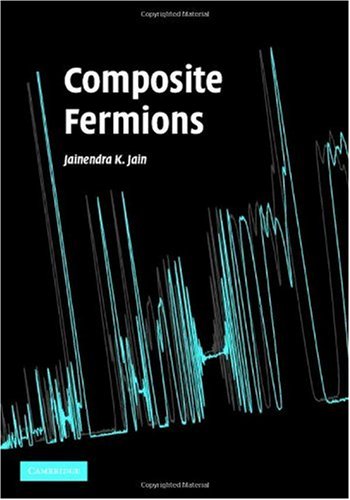
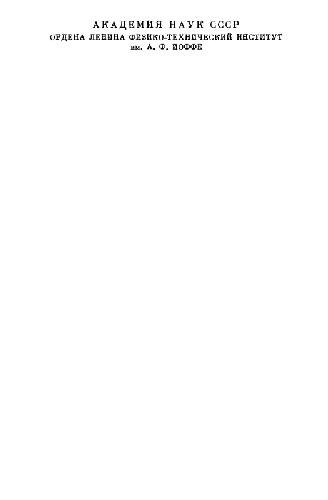
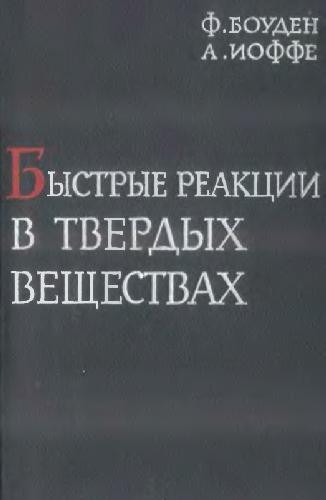
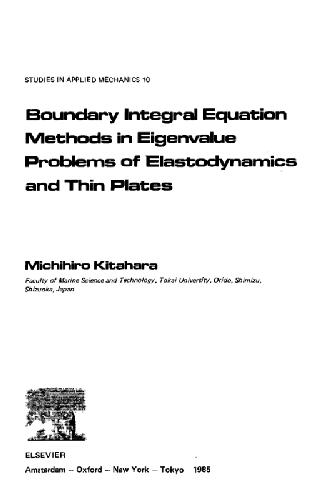
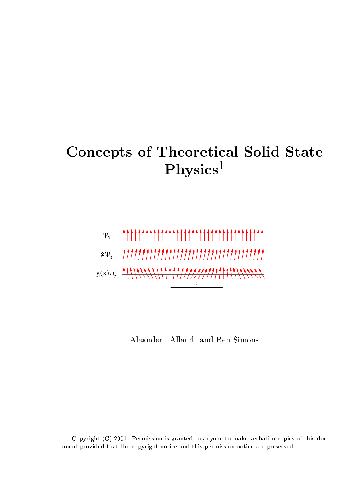
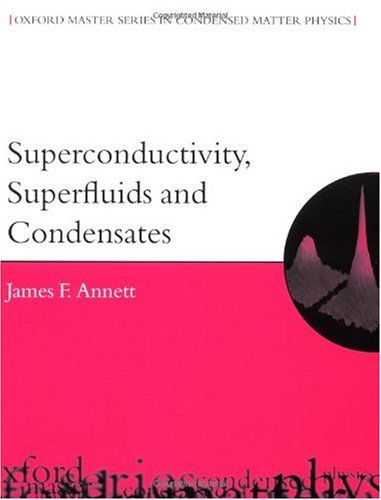

Reviews
There are no reviews yet.